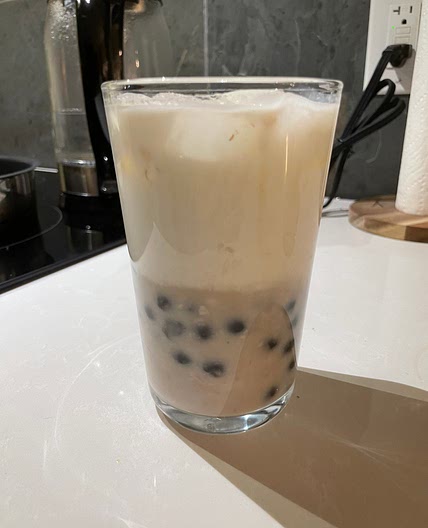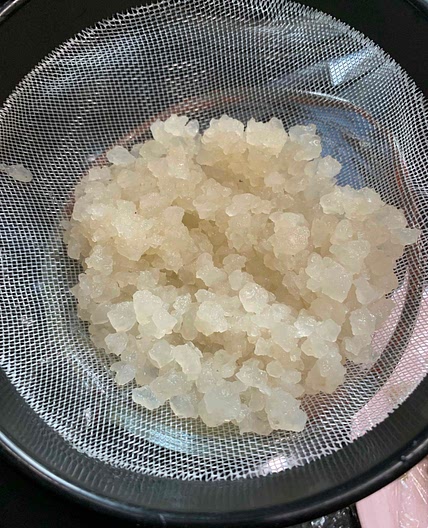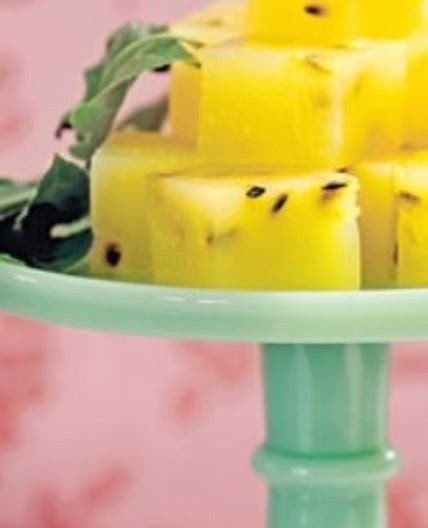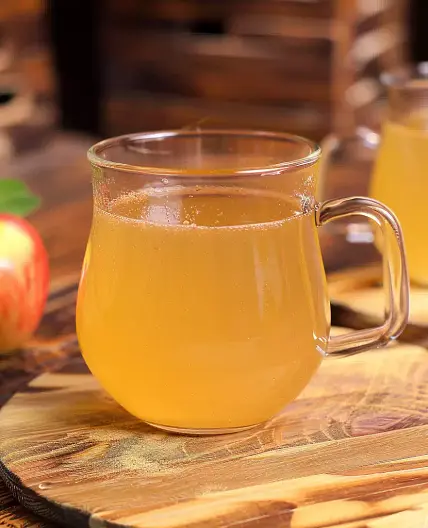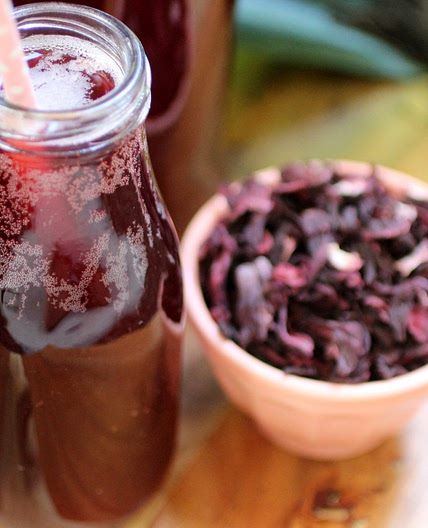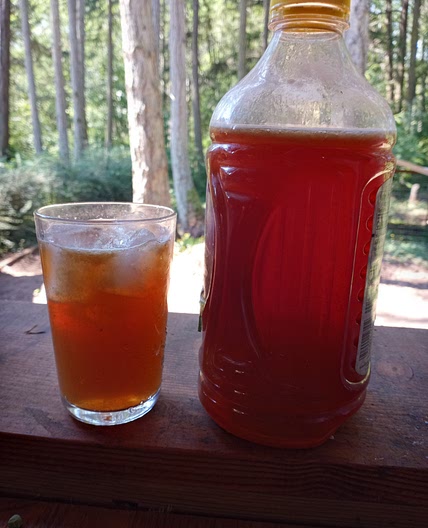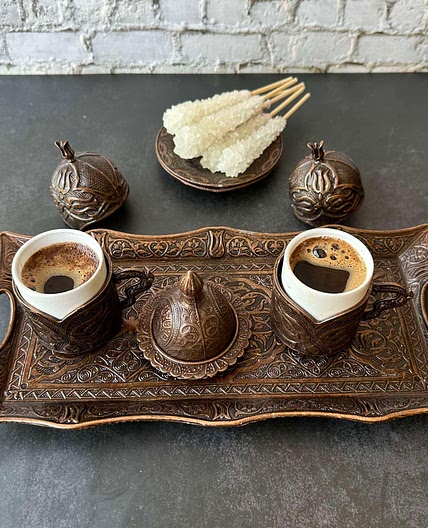By Samantha Waddell
How to Make Kombucha (A Beginners Guide!)
Updated at: Thu, 17 Aug 2023 03:39:16 GMT
Nutrition balance score
Uh-oh! We're unable to calculate nutrition for this recipe because some ingredients aren't recognized.
Ingredients
0 servings
7 cupswater
tap water should be fine
½ cupwhite sugar
sugars you can use in kombucha
4 bagsblack tea
teas you can use in kombucha
1 cupkombucha
unpasteurized, unflavored store bought
1glass
large, or ceramic container, should hold at least gallon
cloth
Tightly woven, coffee filters, paper towels, napkins, cheese cloth
pot
Large, for boiling water
14 cupswater
tap water should be fine
1 cupwhite sugar
8 bagsblack tea
or green
2 cupskombucha
unflavored, either from a previous batch or unpasteurized, unflavored store bought kombucha
1scoby
Supplies
for the first fermentation
1glass
large, or ceramic container, should hold at least gallon
cloth
Tightly woven, coffee filters, paper towels, napkins, cheese cloth
pot
Large, for boiling water
First fermentation
fermentation
The second
1 Tbspfruit juice
mashed, or fruit
1 tsphoney
or sugar
Supplies
for the second fermentation
Instructions
Step 1
1. Make Sweet Tea Bring water to a boil. Remove from heat and dissolve sugar into it. Add the tea bags and allow them to steep for at least 20 minutes (or until tea has cooled).
Step 2
2. Cool to Room Temp Allow hot tea to cool to room temperature. Quicken this process by boiling just 2 cups of water, dissolving the sugar, and steeping the tea for 20 minutes. Then add remaining 5 cups of cold water, which will bring the mixture to room temperature faster. Test that the tea is room temperature by drawing out some tea with a paper straw, using your finger to keep the kombucha in the straw.
Step 3
3. Add Starter Pour the sweetened tea into your jar, then pour store-bought kombucha in, making sure to include any gunkies that may be at the bottom of the kombucha bottle. These are great for kickstarting the fermentation!
Step 4
4. Cover Cover with a few layers of the tightly woven cloth to keep out bugs and debris, securing with a rubber band.
Step 5
5. Ferment Set somewhere dark, still, and room temperature (70-75 degrees F, 21-24 C) for 1 to 4 weeks, until a ¼ inch (½ cm) SCOBY has formed.
Step 6
6. Go to 1st Fermentation You now have a SCOBY! The SCOBY should live and grow for years if treated with love. Allow the SCOBY to remain in this liquid until you are ready to use the SCOBY for the next step, the 1st fermentation.
Step 7
1. Make Sweet Tea Bring water to a boil. Remove from heat and dissolve sugar into it. Add the tea bags and allow them to steep for at least 20 minutes (or until tea has cooled).
Step 8
2. Cool to Room Temp Allow hot tea to cool to room temperature. Quicken this process by boiling just 4 cups of water, dissolving the sugar, and steeping the tea for 20 minutes. Then add remaining 10 cups of cold water, which will bring the mixture to room temperature faster. Test that the tea is room temperature by drawing out some tea with a paper straw, using your finger to keep the kombucha in the straw. (Don’t be impatient here – hot water will kill your SCOBY).
Step 9
3. Empty the Jar With very clean hands, transfer SCOBY to an equally clean plate. If this is your first round of kombucha, reserve 2 cups of the liquid the SCOBY was growing in (that can be your starter kombucha), discarding the rest of the liquid (it is very acidic and not nice for drinking).
Step 10
4. Add Starter Pour the sweetened tea into your jar, then pour in unflavored starter kombucha. With clean hands, place SCOBY into jar.
Step 11
5. Cover Cover with a few layers of the tightly woven cloth and secure with a rubber band.
Step 12
6. Ferment Set the jar somewhere dark, still, and room temperature (70-75 degrees F, 21-24 C) for 6 to 10 days. Begin tasting at about 6 days by gently drawing out some of the tea with a paper straw (using your finger to hold the tea in the straw – don’t use your mouth). It should be mildly sweet and slightly vinegary. The warmer the air temperature, the faster the kombucha will ferment. The longer the tea ferments, the more sugar molecules will be eaten up, the less sweet it will be.
Step 13
7. Go to 2nd Fermentation Reserve 2 cups from this batch to use as starter kombucha for your next batch (just leave it in the jar with SCOBY). The rest can move into the second and final fermentation.
Step 14
1. Bottle Funnel kombucha into bottles, leaving about 1 1/2 inches at the top (3.8 cm).
Step 15
2. Sweeten Add your chosen sweetener and seal tightly.
Step 16
3. Ferment Let ferment somewhere dark and room temperature for 3 to 10 days.
Step 17
4. Serve If desired, strain out fruit before serving. Place in fridge to slow the carbonation process and to chill before serving.
Step 18
Blast Zone Your jars can explode if the pressure becomes too high! For your first few batches while you’re still getting the hang of how kombucha reacts to your environment, bottle a portion of it in a plastic bottle. This will act as a gauge for the others; when the plastic bottle is rock solid, the rest are probably done. “Burp” them by opening each to release some pressure, then place them in the refrigerator to slow fermentation.
Notes
1 liked
0 disliked
There are no notes yet. Be the first to share your experience!

